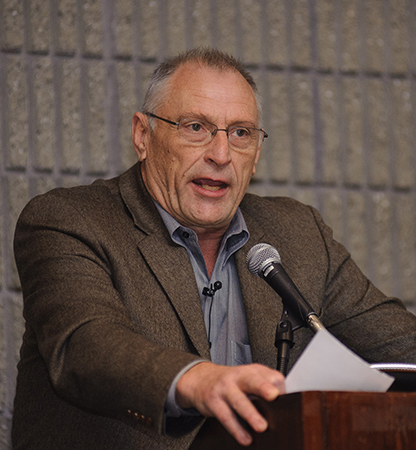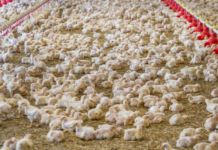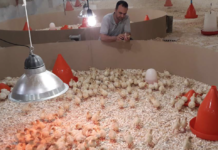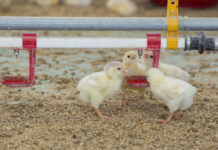
“The National Renderers Association reports that around 4.4 billion pounds of cooking oil is collected in the U.S. and Canada each year. Used cooking oil, after proper processing, has value,” said Todd Mathes, senior vice president of restaurant services for Darling Ingredients, during his presentation at the International Rendering Symposium, held in conjunction with the 2017 International Production & Processing Expo in Atlanta, Ga. The program was sponsored by the National Renderers Association and U.S. Poultry & Egg Association.

During his presentation on “Used Cooking Oil: Why Does It Matter?,” Mathes discussed the many uses of used cooking oil, including being processed into animal feed and pet food ingredients, as well as feedstock for biofuel, which is also used in technical and commercial products.
He remarked that used cooking oil is utilized as a renewable fuel, such as biodiesel, green diesel, boiler fuel and renewable propane and butane. It has chemical uses in industries dedicated to lubricants, textiles, plastics and cleaners, and industrial uses in rubber, plastics, tires and lubricants.
He commented that biofuel reduces dependence on foreign oil and greenhouse gas emissions and has the best carbon footprint of any U.S.-produced fuel.
Dr. Frank Mitloehner, professor and air quality specialist, University of California – Davis, discussed “Facts or Fiction on Livestock and Climate Change.” Mitloehner disputed FAO claims regarding greenhouse gas emissions for livestock as compared to transportation. He stated that a life cycle assessment was conducted for livestock. However, an assessment was not conducted for transportation, where only the footprint of fuel was studied. “They compared apples to oranges,” stated Mitloehner.
Mitloehner further observed that there are huge differences across the world with respect to the impact livestock has in environmental prevalence. Developing countries have a higher footprint impact than developed countries where animals are kept in growth regimes with better conversion and genetics. “Whether you particularly believe in global warming or not, it does not matter because your customers and consumers do believe,” commented Mitloehner.

In his presentation on “Rendering: Making Animal Agriculture Sustainable,” Dr. David Meeker, senior vice president of scientific services, National Renderers Association, stated that animal agriculture in general is more sustainable with rendering processes. It is also safe and sustainable to use rendered by-products in the feed and pet food industries, because they improve the sustainability of the industries from which they derive. Meeker mentioned “that meat consumption increases as median income rises. By-products from meat production are inevitable, and responsible use is imperative.”
If by-products are not used, the price of many pet food products and food for people would rise, forcing by-products into less sustainable uses or less environmental friendly disposal endpoints. This would be considered wasted food. He observed that the biggest enemy of sustainability in pet food is the attitude that by-products are bad.

















